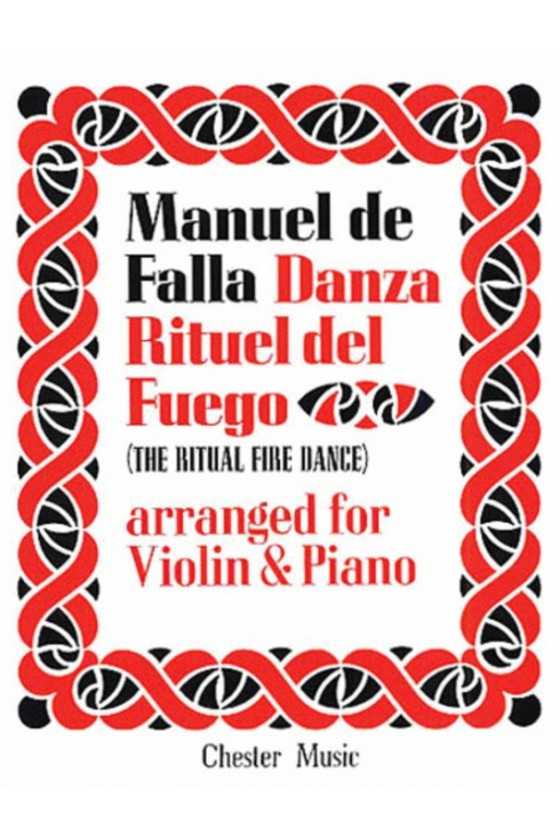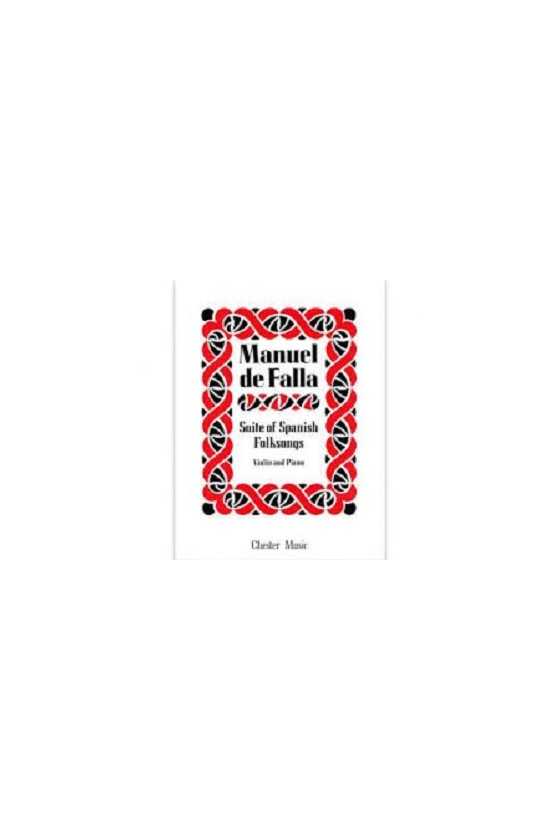De Falla, Manuel
Manuel de Falla, born on November 23, 1876, in the vibrant city of Cadiz, Spain, was a highly influential composer whose music continues to captivate audiences to this day. From an early age, Falla showed immense talent and dedication to his craft, with his mother serving as his first music tutor. At the age of nine, he began taking piano lessons from a renowned professor, igniting his passion for the instrument.
Early Years and Musical Education
In the late 1890s, Falla journeyed to Madrid to further his musical studies. There, he studied piano under the guidance of Jose Trago and composition with Felipe Pedrell. It was during this time that Falla's remarkable talent began to shine. In 1899, he won first prize in a piano competition at his music school, impressing the judges with his exceptional skills. Around this time, he adopted "de" as his first nickname, and from then on, he became known as Manuel de Falla.
Falla's early years in Madrid were marked by a deep curiosity in metaphysical and supernatural subjects, a characteristic often associated with the late Romantic period. His strong religious beliefs and fascination with the supernatural would later become prominent themes in his compositions. One such work that exemplifies this is his renowned composition, "El amor brujo," which delves into the realms of the supernatural, magic, and ghosts.
Establishing a Spanish Art Music Culture
During the turn of the twentieth century, there were few native Spanish composers who had made a significant impact on the international music scene. Most art music in Spain at the time was influenced by foreign composers, particularly those from Italy. However, Falla's emergence as an opera composer marked a pivotal moment in the development of a distinct Spanish art music culture.
Falla's ability to evoke the character and spirit of his native country through his music garnered him admiration from notable figures such as Claude Debussy, Sergei Diaghilev, and Paul Dukas. These composers recognized Falla's unique talent in infusing his works with stories, myths, traditions, and mythology from Spain. This approach was also seen in the works of other late Romantic composers, including Antonin Dvorak, Bedrich Smetana, Nicholai Rimsky-Korsakoff, and Isaac Albinez.
The Influence of Andalusian Flamenco
While in Madrid, Falla developed a deep fascination for native Spanish music, particularly Andalusian flamenco, also known as "cante jondo." Under the guidance of Felipe Pedrell, Falla immersed himself in the rich traditions of flamenco, which would later find its way into several of his compositions. Although he initially composed several zarzuelas, it was his one-act opera, "La vida breve," that marked his first major work.
Paris and Influences
In 1907, Falla embarked on a journey to Paris, where he would reside until 1914. This period proved to be a transformative phase in his artistic development, as he encountered a diverse range of composers who would greatly influence his musical style. Among these influential figures were Maurice Ravel, Claude Debussy, and Paul Dukas, all renowned impressionists.
Falla's time in Paris was fruitful, but it was also during this period that he experienced a creative hiatus. It wasn't until the end of World War I when he returned to Madrid that he began composing music once again. This marked the beginning of his mature artistic era, despite not being a prolific composer. Some of his most well-known works were published during this time, including "Nights in the Gardens of Spain" (1916) and the ballet "Love the Magician" (1915), which features the iconic "Ritual Fire Dance." Serge Diaghilev produced the ballet "The Three-Cornered Hat" (1917), originally titled "The Magistrate and the Miller's Wife," with set designs by Pablo Picasso.
Falla's Global Recognition
By the end of World War I and the early 1920s, Falla had established himself as a globally renowned composer. His ability to blend Spanish musical traditions with contemporary styles earned him widespread acclaim. His compositions became distinctively Spanish, reflecting the cultural richness and diversity of his homeland.
Falla's contributions to Spanish music extended beyond his own compositions. He was also a dedicated promoter of his fellow Spanish composers, helping to bring their works to the forefront of the international stage. His advocacy for Spanish music further solidified his status as a cultural icon.
Legacy and Influence
Manuel de Falla's impact on the world of music continues to resonate to this day. His compositions are celebrated for their emotive power, evocative melodies, and distinctive Spanish flair. Through his music, Falla captured the essence of his native country, showcasing its vibrant culture and folk traditions to a global audience.
Falla's legacy is also evident in the works of subsequent generations of composers. His ability to incorporate elements of folklore, mythology, and tradition into his compositions inspired countless musicians who sought to create music that was deeply rooted in their own cultural heritage.
Conclusion
Manuel de Falla's life and music embody the spirit of Spanish art music. From his early years in Cadiz to his influential time in Madrid and Paris, Falla's compositions stand as a testament to his immense talent and dedication to his craft. Through his music, he transported listeners to the rich landscapes of Spain, immersing them in its folklore, traditions, and supernatural realms. Falla's legacy as a Spanish master will continue to inspire generations of musicians to come, ensuring that his music remains an integral part of the global classical repertoire.




